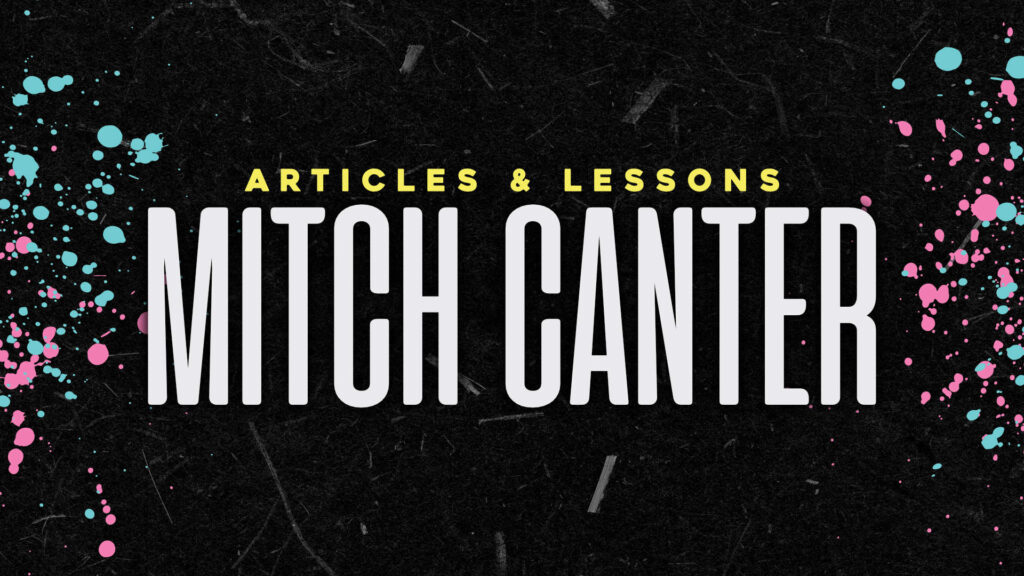This post is part of the “Creating a WordPress Theme from a .PSD” series for designers to use for theme development. The other posts can be found here:
- Part 1 – Background / Introduction
- Part 2 – From .PSD to .HTML
- Part 3 – WordPress Structure
- Part 4 – The Header (header.php)
- Part 5 – The Footer (footer.php)
We’ve taken a look at one of the key files in the WordPress universe, the header, which kicks off everything else in a WordPress theme (including CSS, RSS, and all the other meta goodness). Now, going from beginning to end, we’ll explore the footer of a standard WordPress Theme. To be honest, a footer really only needs to have three elements:
- the <?php wp_footer(); ?>
- a </body> tag
- an </html> tag
The first of those, the php function, serves the same purpose that <?php wp_header(); ?> does in the header – it serves as a hook for plugins and other WordPress functions that need to prophigate themselves in the footer. Think of it this way: if you were to install the Google Analytics plugin, how do you think it knows where to put the Analytic code? Answer: that php tag.
However, aside from those three lines, you can put anything else you want to show up under the sidebar and content. A lot of people add a second navigation to their footer (sometimes including other less-important site pages such as the privacy policy and legal information). The theme designer’s tagline/information can be found there too. And why not show your love to WordPress by including a statement saying that you are “Proudly Powered by WordPress”.
Widgets go great in a “footer-bar”. A great way to display them is to have three columns floated next to each other with widgetized data in them (a la Blogging Sueblimely and Lorelle). This looks very clean and provides a quick way to showcase a lot of information in relatively short space.
Of course, there are fun footers too. It’s your theme – do what you want with it!


